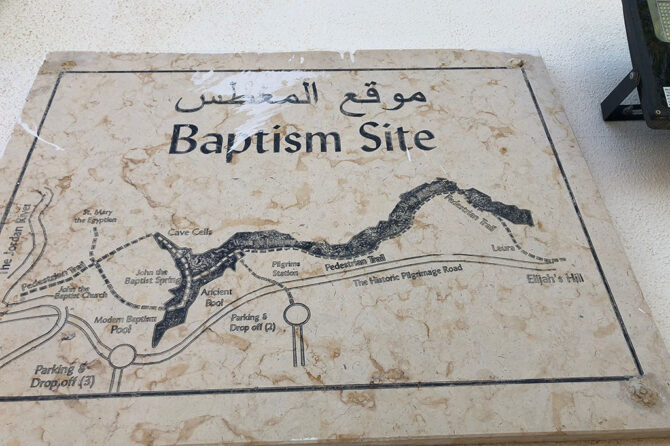
To my left was an electrified barbed wire fence, and beyond it lay a lush expanse, likely olive orchards. In stark contrast, to my right stretched a vast desert landscape. The fence ran along the entire length of the highway. We had chosen this route instead of the direct highway between the Red Sea Port of Aqaba and the ancient Roman city of Jerash to catch a glimpse of Israel from a distance and experience the Dead Sea area up close. Having read extensively about Israeli-Arab wars, I yearned for that sense of excitement. While I had travelled extensively throughout the Middle East and the Mediterranean, I had never before had the opportunity to visit Israel.
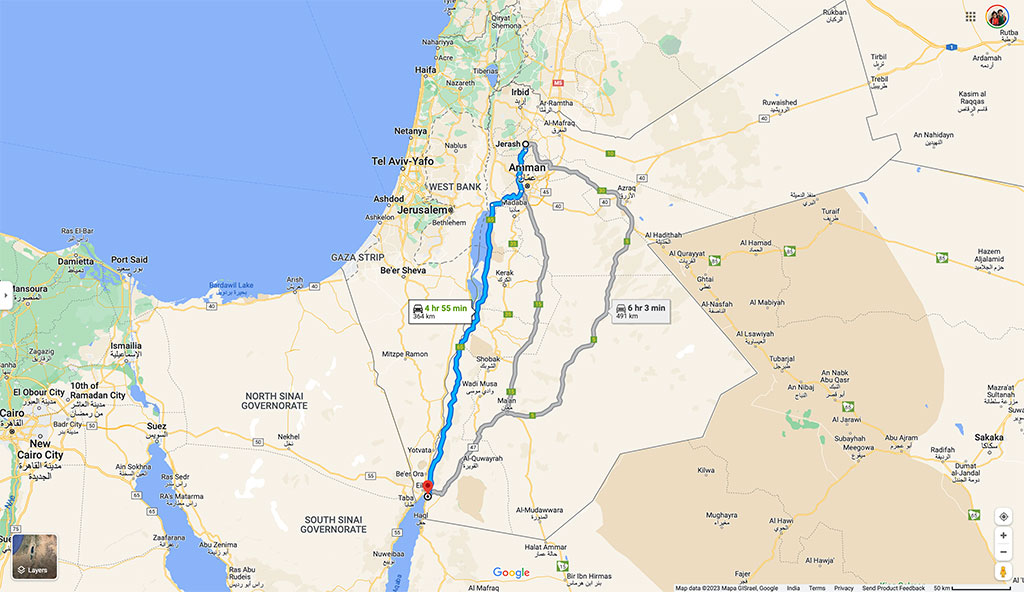
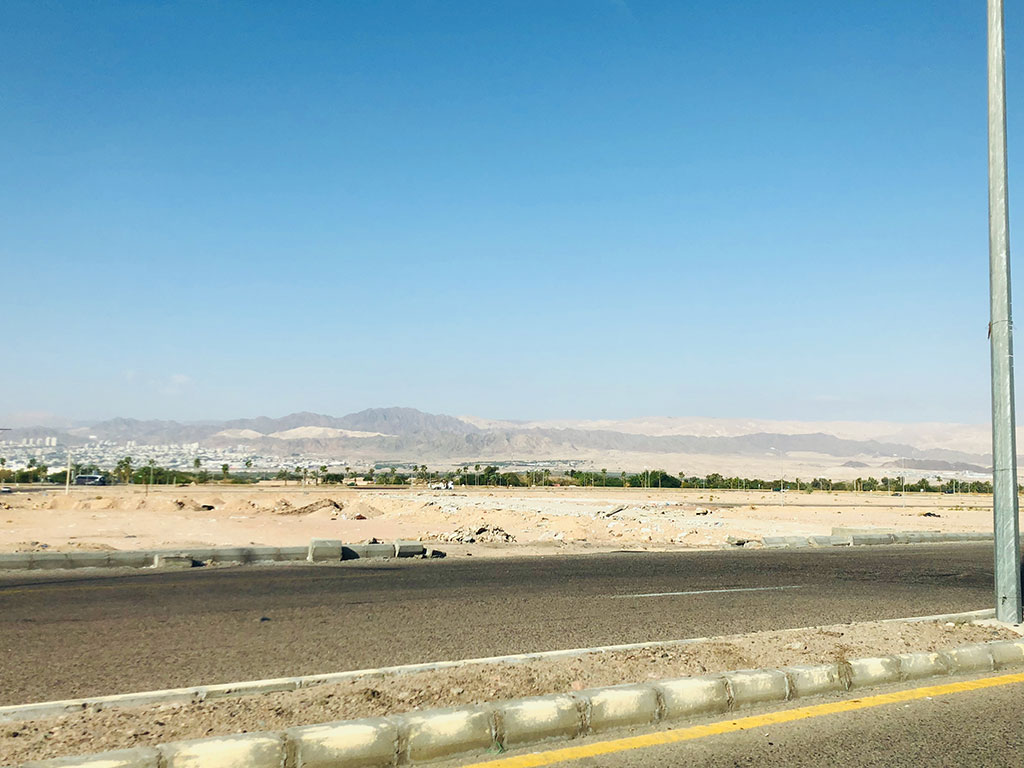
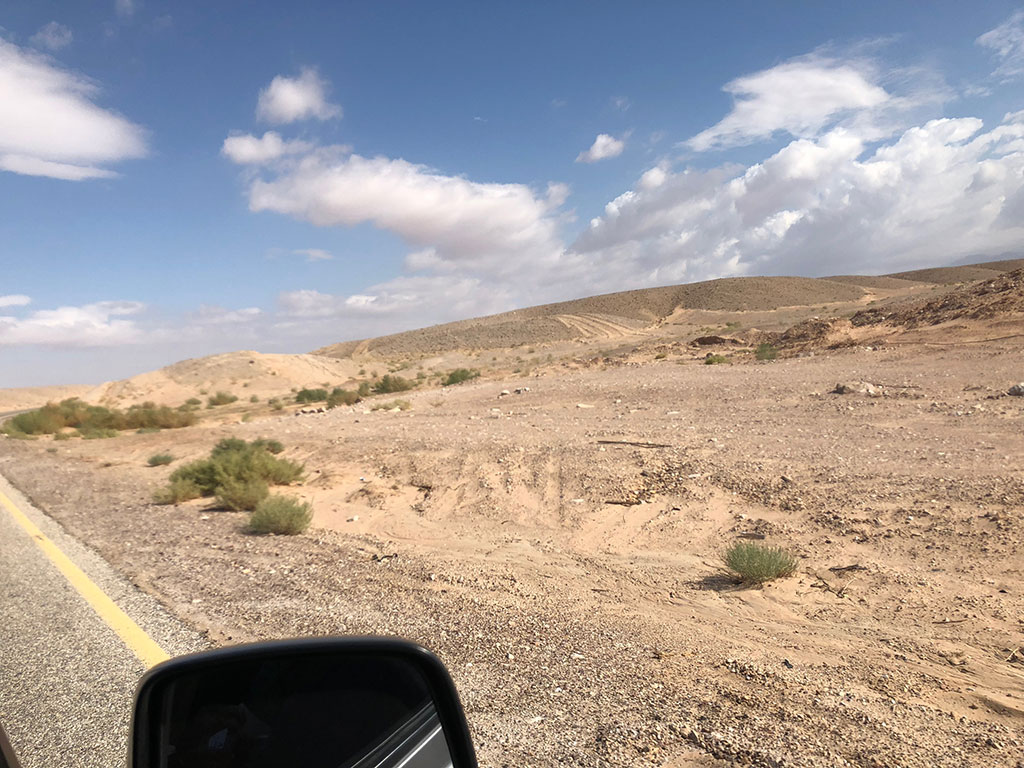
Our journey to Jordan was an unexpected delight, sparked by the joyous occasion of our friends Shaukath and Reem tying the knot in Amman. Seizing the chance, we embarked on an enchanting adventure to explore one of the world’s marvels, the breath-taking Petra. Along the route to Aqaba, we couldn’t resist the allure of ancient churches in Madaba, the majestic Moses Tower, and the captivating landscapes of Wadi Musa and Wadi Rum. And of course, we couldn’t pass up the opportunity to experience the surreal sensation of floating in the buoyant waters of the Dead Sea. Each stop on this impromptu expedition added a layer of wonder to our unforgettable experience. As much as it was a wedding celebration and a historical sight-seeing tour, it was also a kind of pilgrimage for me in this holy land where three religions converge.

After experiencing the enchanting views of the Dead Sea, when we reached Swemeh, close to the Baptism site of Jesus Christ, we were told that Jerusalem is only an hour drive from there. Just the mere mention of the name Jerusalem gave me goosebumps. Long ago, I had read “O, Jerusalem” by Dominique Lapierre and Larry Collins, “The Lion’s Gate” by, Steven Pressfield and “Six Days War” by Michael B. Oren. The minute-to-minute account of the Arab-Israeli war to take control of the holy city is still vivid in my mind.
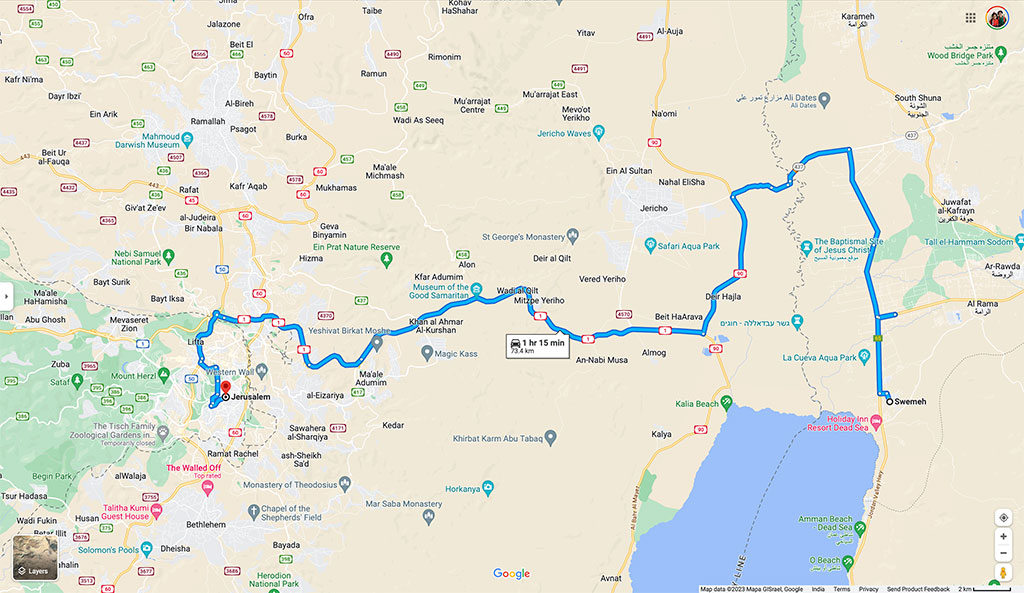

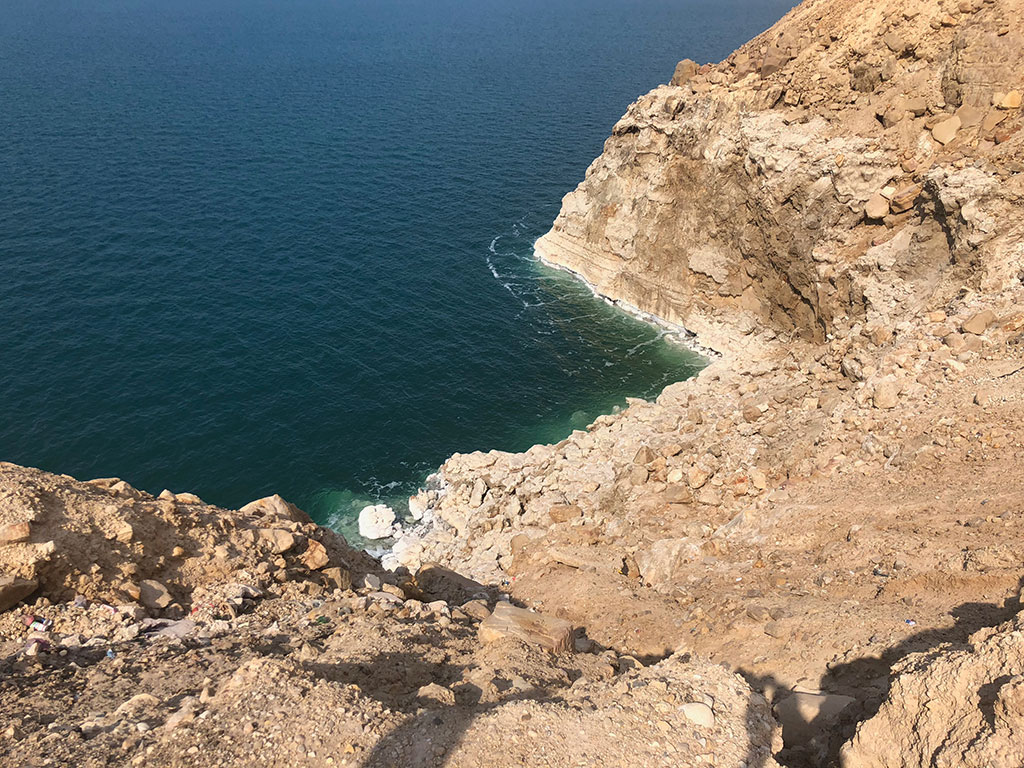
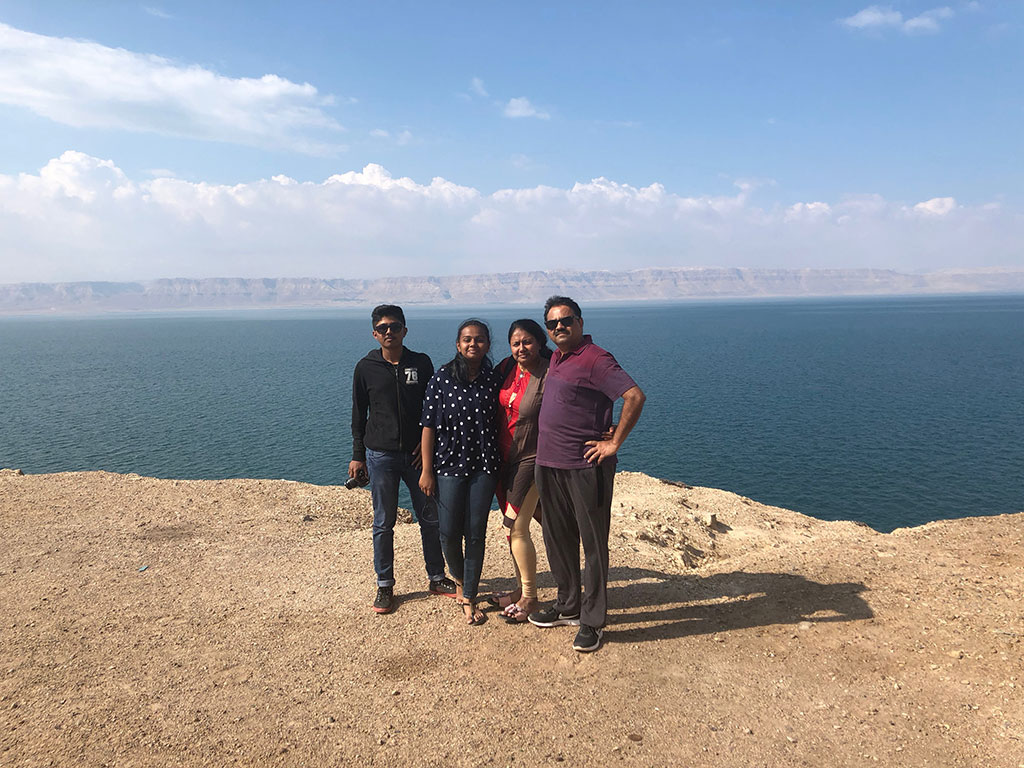
Jerusalem, often referred to as the Holy Land, is a place of profound spiritual significance for three of the world’s major religions: Christianity, Islam, and Judaism. It’s a land where faith and history are deeply intertwined, and where the echoes of past conflicts continue to reverberate in the present. As I reminisced my journey close to this holy land, I couldn’t help but reflect on the turbulent history that has marked the city and its enduring relevance in the context of the current Israel and Hamas conflict.

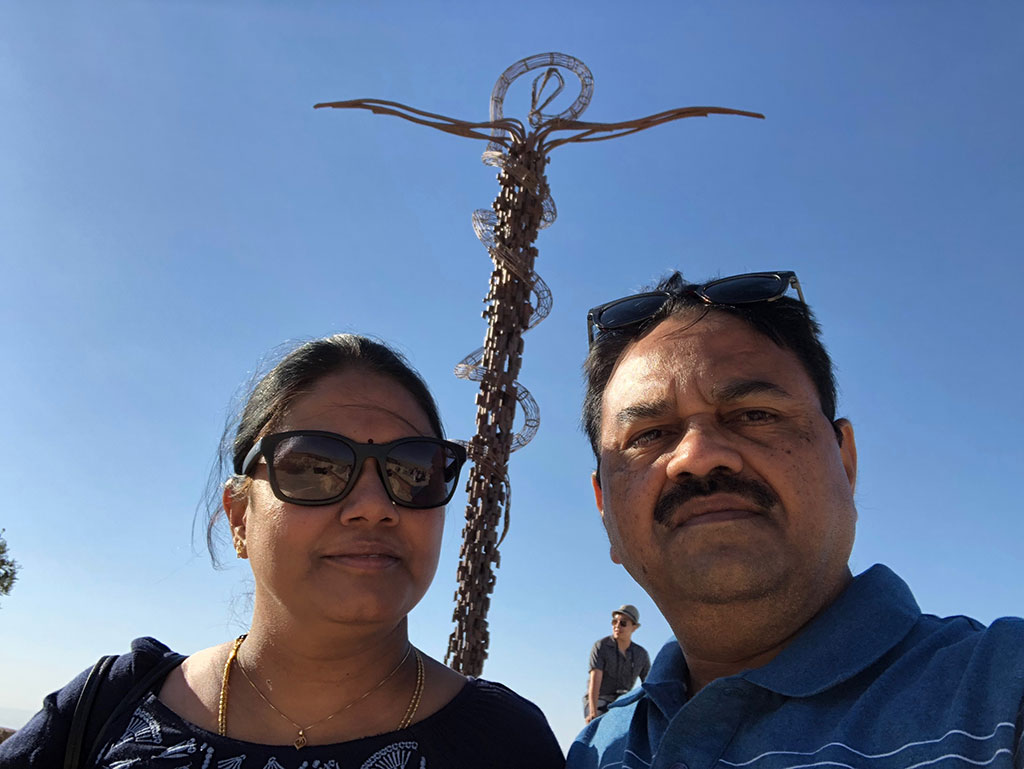
Jerusalem’s history of conflict dates back millennia. From biblical accounts of conquests to the struggles between ancient empires, the city has witnessed countless battles and changing rulers. Early Settlements in the Jerusalem area date back to the late Chalcolithic Period (Copper Age) and Early Bronze Age, around 3000 BCE. The name Jerusalem likely means “Foundation of Shalem (God).” References to Jerusalem appear in Egyptian Execration Texts and the Tell el-Amarna correspondence. King David captured Jerusalem around 1000 BCE, making it the capital of Israel and Judah. Solomon expanded the city and built the First Temple.
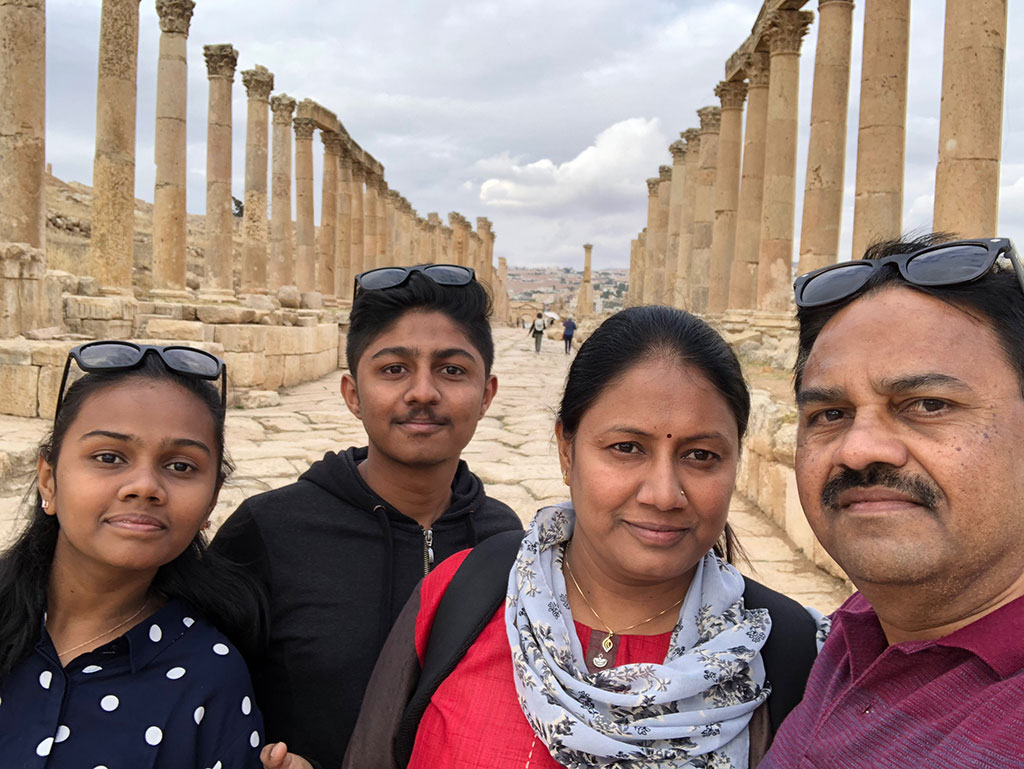
Jerusalem faced invasions, including by the Assyrians, Egyptians, Philistines, and Arabians. Assyrian and Babylonian rule followed, with Nebuchadrezzar II destroying the city in 587/586 BCE, leading to the Hebrew captivity. Cyrus II allowed the Jews to return, and Nehemiah restored the city’s fortifications around 444 BCE. The Egyptians, Babylonians, Assyrians, and Persians all left their mark on the city. Each conqueror brought their own set of beliefs and gods, further enriching Jerusalem’s mosaic of faiths.
One of the most pivotal moments in Jerusalem’s history was the Roman occupation. The city witnessed the construction of grand structures like the Western Wall and the destruction of the Second Temple in 70 CE. The Jewish-Roman Wars that followed shaped the city’s destiny. For the Jewish people, this marked a tragic period of exile that would last for centuries.
With the rise of Islam in the 7th century, Jerusalem gained new significance. The Dome of the Rock and the Al-Aqsa Mosque were constructed on the Temple Mount, making it one of the holiest sites in Islam. However, this also sowed the seeds of future conflicts, as control of these religious landmarks became a point of contention.
The Crusades saw Jerusalem change hands several times between Christian and Muslim forces. The city became a battleground for religious supremacy, leading to untold bloodshed. While the Crusader rule left architectural marvels like the Church of the Holy Sepulchre, it also left behind a legacy of deep-seated animosities.
For centuries, Jerusalem fell under Ottoman rule. While the city remained a centre of religious devotion, it also faced political intrigues and power struggles within the Ottoman Empire. The status of holy sites was a point of contention, and access to them was often restricted.
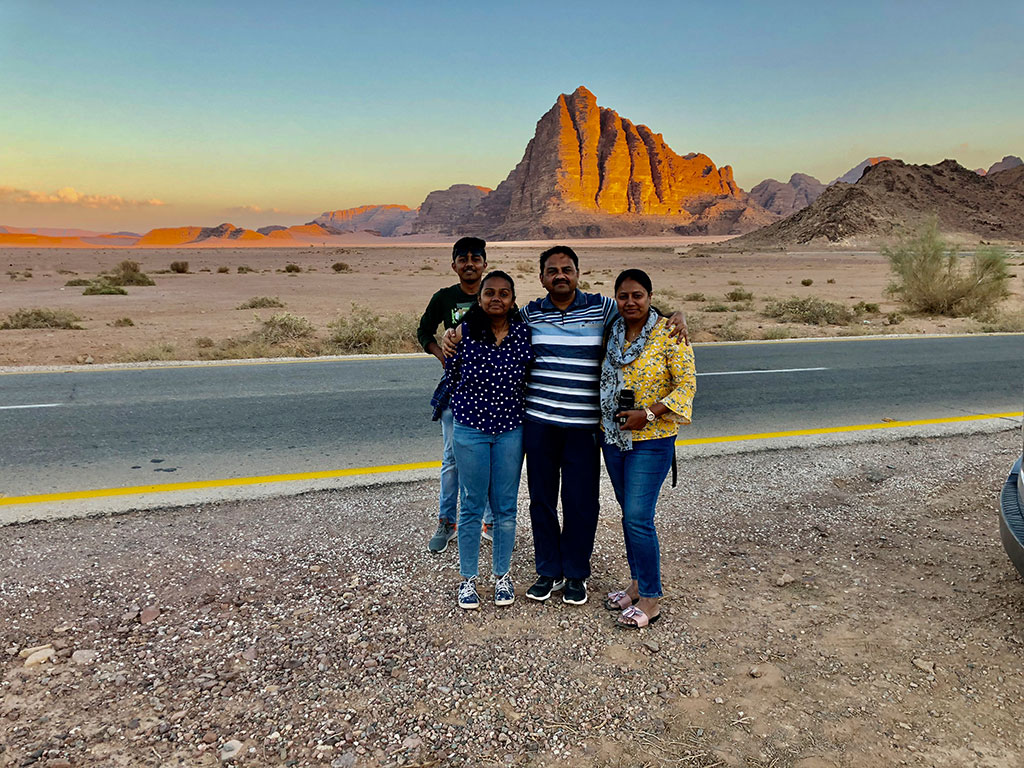
In the modern era, the conflicts in Jerusalem took on a new dimension. The city became a focal point of tension between Jewish and Arab communities, particularly in the early 20th century. The British mandate in Palestine and the Balfour Declaration further complicated the situation.
The year 1948 marked a turning point in Jerusalem’s history. With the withdrawal of British forces, the State of Israel was proclaimed. However, the city’s fate remained uncertain. In the ensuing Arab-Israeli conflict, West Jerusalem came under Israeli control, while East Jerusalem, including the Old City, was annexed by Jordan.
In the Six-Day War of 1967, Israel captured East Jerusalem, including the Old City, from Jordan. This event reshaped the city’s boundaries and ignited new tensions. The question of Jerusalem’s status became a contentious issue on the international stage, leading to conflicting narratives and deep divisions.
Jerusalem continues to be a flashpoint in the Israeli-Palestinian conflict. Disputes over sovereignty, religious access to holy sites, and the fate of East Jerusalem remain unresolved. The construction of barriers and settlements has further inflamed tensions, making a peaceful resolution seem elusive.
In the midst of this seemingly never-ending conflict, there is hope. Many individuals and organizations are working tirelessly to promote dialogue, coexistence, and understanding among Jerusalem’s diverse communities. The city’s rich history reminds us that, despite the conflicts, it remains a place of profound spiritual significance for billions.
As I reminisce about my journey near Jerusalem today, I couldn’t help but feel a sense of awe and reverence. This city, with all its scars and conflicts, continues to hold a unique place in the hearts of people around the world. It serves as a reminder that even in the most troubled of places, there is the potential for peace, reconciliation, and coexistence. Jerusalem, the cursed holy land, also carries the promise of hope and redemption.
Kneeling on the ground with hands tightly folded, I offer a prayer: “Oh God, bestow your blessings upon this land, burdened by its tumultuous history.”
Prof. Dr. Prahlada N.B
02 November 2023
Chitradurga.
References:
1. https://www.britannica.com/place/Jerusalem/History.
2. https://www.aljazeera.com/news/2003/12/9/the-history-of-jerusalem.
3. https://www.history.com/topics/ancient-middle-east/history-of-jerusalem.
4. https://www.worldhistory.org/jerusalem.
5. https://www.jstor.org/stable/j.ctv2ks6vvk,

















Wow, prahlad r u alive in dead sea. Great experience.tx sharing and enlightened Jordon city in detail…..as we studied in socialogy in our school days. Jordon city actually very small. But having great history as u narrated in article. Have Happy times in dead sea come alive.
U and family.,
Lot of love and load of wishes.
God bless all…..
Wishes
ReplyOne of the best writings, I have read about an place of importance, mixing travel and history…ಅದ್ಬುತ!!
ReplyGood narration Prahlad.I never knew about your writing skills….oh yes…I forgot….you used to write in Kannada…when In JJMMC. Also you are a dare devil to travel at this point of time. God bless you all.
ReplyHi Prahlad, well written article. Your writing skills are excellent.
ReplyThe cause for the conflict is religious. Jews are still waiting for their messiah who is actually powerful person, who would subjugate all nations and establish a powerful nation to protect the Jews. Such a messiah has not appeared yet. Jews are still waiting.
Christians found their only son of God is Jesus, who does not fit the bill as the messiah prophesied in the Tora. Jesus was closely associated with Jerusalem and it not easy to dissociate Christians from there.
The last prophet of Islam appeared a little away from Jerusalem and they also lay claim to it.
In all this the earliest occupants of the land were Jews and they faced the worst kind of persecution from Romans, Christians and Muslims which ultimately scattered them. They had to pay a tax to each of the rulers to remain Jews.
If anybody has any legitimate right to this land it is Jews!
Prahlada Sir 💐
You were a jet-setter earlier ;
From a jet-setter, you became a road-warrior, & then a ‘Pilgrim of sorts’……
While finally landing on Jerusalem.”
Ofcourse, ‘Jerusalem’ is a
city of significance to major religions like Christianity ✝️, Islam ☪️ & Judaism ✡️ .
Jerusalem, now has therefore become a ‘bone of contention’ among various groups in the region !
While travelling to Jerusalem , you chose a ‘road of contrast’ ( same road picture has been shown to us by you ), wherein there is greenery on Israeli side , & desert on Jordan side !
No doubt Israel 🇮🇱, despite arid climate, has developed several unique agricultural methods & has become a global leader in agricultural technology today 👍.
Apart from on going news-bites of Israeli-Hamas war, in today’s news papers, I was happy to read about … how desert dust wind in Summer , containing rich micronutrients & trace metals, are carried to ‘phytoplanktons’ & utilised by them for their growth . These phytoplanktons , present on the surface of oceans , are known to trap the harmful CO2 in the atmosphere 🤩.
This interesting study of lowering atmospheric CO2, has been done by NIO ie, National Institute of Oceonography.
Overall…
ReplyPrahalada Sir , this travelogue to Jerusalem was quite interesting & informative 💐👏